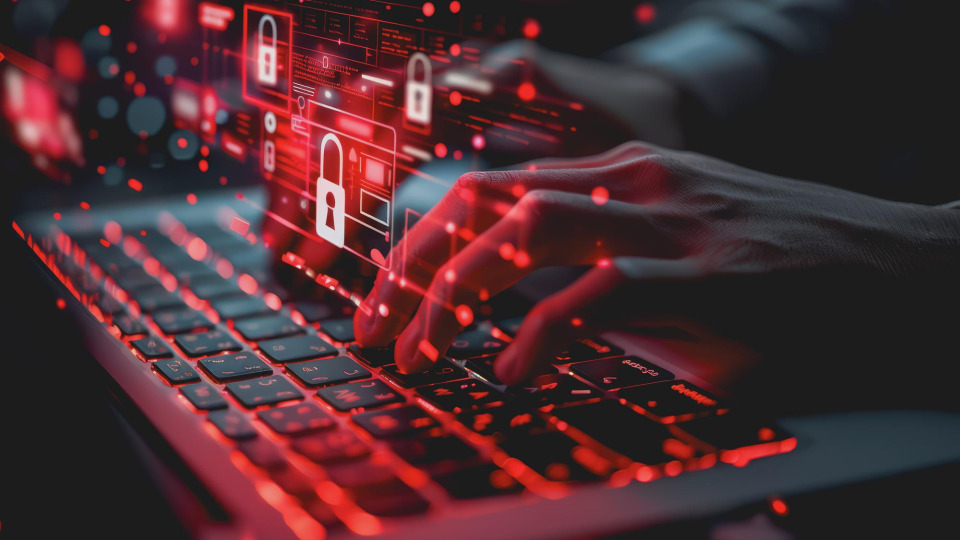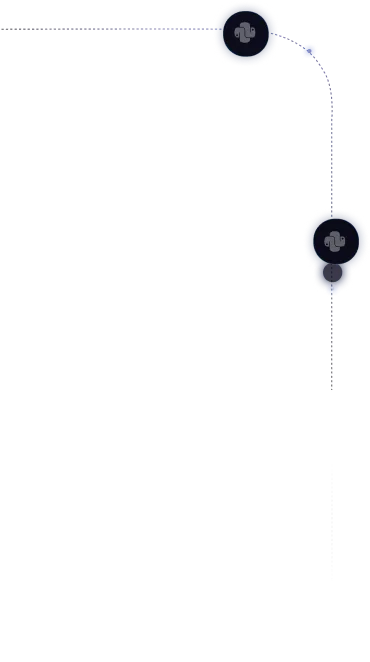
Introduction: When Trust Goes Unverified
In our earlier discussion on software supply chain security, we talked about how modern development depends on layers of trust from open-source libraries to container registries.
But what happens when that trust is misplaced?
In today’s DevOps workflows, container images form the backbone of software delivery.
Alpine Linux is one of the most popular base images because it’s small, reliable, and widely used in CI/CD pipelines.
Even so, a single typo can turn that trusted foundation into a serious security problem.
Typosquatting, where attackers publish malicious images with names that look almost identical to legitimate ones, takes advantage of simple human error.
And the damage can spread far beyond a single build.
Understanding Typosquatting in Container Ecosystems
Typosquatting attacks usually happen in three stages.
1. The Bait
Attackers upload deceptive images to public registries like Docker Hub using names that look nearly identical to official ones:
- alpin
- alp1ne
- alpyne
- alpine-linux
They copy tags, descriptions, and documentation so the image appears authentic.
2. The Mistake
A developer mistypes the image name in a Dockerfile or command line:

Docker does not question authenticity. It simply pulls the image that matches.
That one unnoticed mistake can compromise the build pipeline.
3. The Impact
A malicious image can execute hidden code during build or runtime, leading to:
- Stolen credentials or tokens
- Persistent backdoors
- Hidden cryptomining
- Source code or data theft
This is not a harmless typo. It gives an attacker direct access to sensitive systems.
Real-World Examples
Cryptojacking Campaign (2024)
Attackers deployed containers through exposed Docker Engine APIs and disguised them as Alpine images.
These containers quietly ran cryptomining software for weeks before being detected.
CVE-2019-5021
Even official Alpine images can contain vulnerabilities.
A past release shipped with a null root password, which was patched quickly but reminded everyone that even trusted sources must still be verified.
Both examples prove that trust without validation can create the same level of risk as an unpatched vulnerability.
Mitigation Strategies for Secure Development
Typosquatting succeeds because automation hides small human mistakes.
Here are a few ways to prevent that from happening.
1. Copy Exact Names
Always copy the official image name and tag directly from a verified source:
👉 https://hub.docker.com/_/alpine
2. Pin Images by Digest

Use SHA-256 digests to guarantee that the exact image version is pulled:
3. Lock Dependency Versions
Lock application dependencies to prevent silent updates:
- package-lock.json (npm)
- yarn.lock (Yarn)
- poetry.lock (Python)
4. Use Private Registries
Host verified base images internally so you control what your pipelines depend on.
5. Automate Image Scanning
Integrate automated scanning tools into CI/CD workflows to detect vulnerabilities, secrets, or malicious binaries before deployment.
6. Limit Exposure
Use isolated build environments, restrict credentials, and rotate them regularly.
7. Build Awareness
Include image verification and dependency hygiene in code reviews.
Security awareness is a shared habit, not a separate process.
The Bigger Picture: Supply Chain Security
Typosquatting is just one example of a larger issue: the growing risk within the software supply chain.
Modern applications rely on hundreds of external components. Each one represents a new trust decision.
ENISA’s Threat Landscape for Container Technologies (2023) found that most public container images contain known vulnerabilities, often inherited from outdated base layers.
A USENIX study of more than 4,600 official Docker images reported that over 80 percent included at least one high-severity vulnerability.
A single compromised image can reach dozens of organizations through shared registries and pipelines.
That is why provenance and integrity verification are now essential to secure software delivery.
Why It Matters for Security Leaders
For security leaders, typosquatting highlights a simple but important reality.
Many organizations still rely on trust, not proof.
Automation has made development faster, but continuous validation has not kept up.
CleanStart’s analysis of CI/CD ecosystems shows that only about one-third of observed environments have fully automated image validation.
That figure aligns closely with findings from IDC and Gartner, which estimate continuous validation adoption at around 35 percent.
The lesson is clear.
Organizations cannot claim DevSecOps maturity until validation is continuous, policy-driven, and verifiable at every stage of the pipeline.
Conclusion: Vigilance Over Convenience
The “Typosquatted Alpine” story shows how a small error can lead to large consequences.
Security incidents often start with something simple, like a mistyped image name.
Security is not just about complex defenses or advanced tools. It is about consistent attention to detail.
Copy names carefully, pin images by digest, and verify what you pull before deploying.
In DevOps, vigilance is not the opposite of speed. It is the only way to sustain it safely.
Key Takeaways
- Treat every external image as untrusted until verified.
- Automate scanning, signing, and provenance checks in CI/CD.
- Build pipelines that make security part of the process, not an afterthought.
- Awareness and attention are still the strongest security tools.

.svg)

.png)



.webp)
.webp)
.webp)


.webp)
.webp)
.webp)







%20(1).png)



